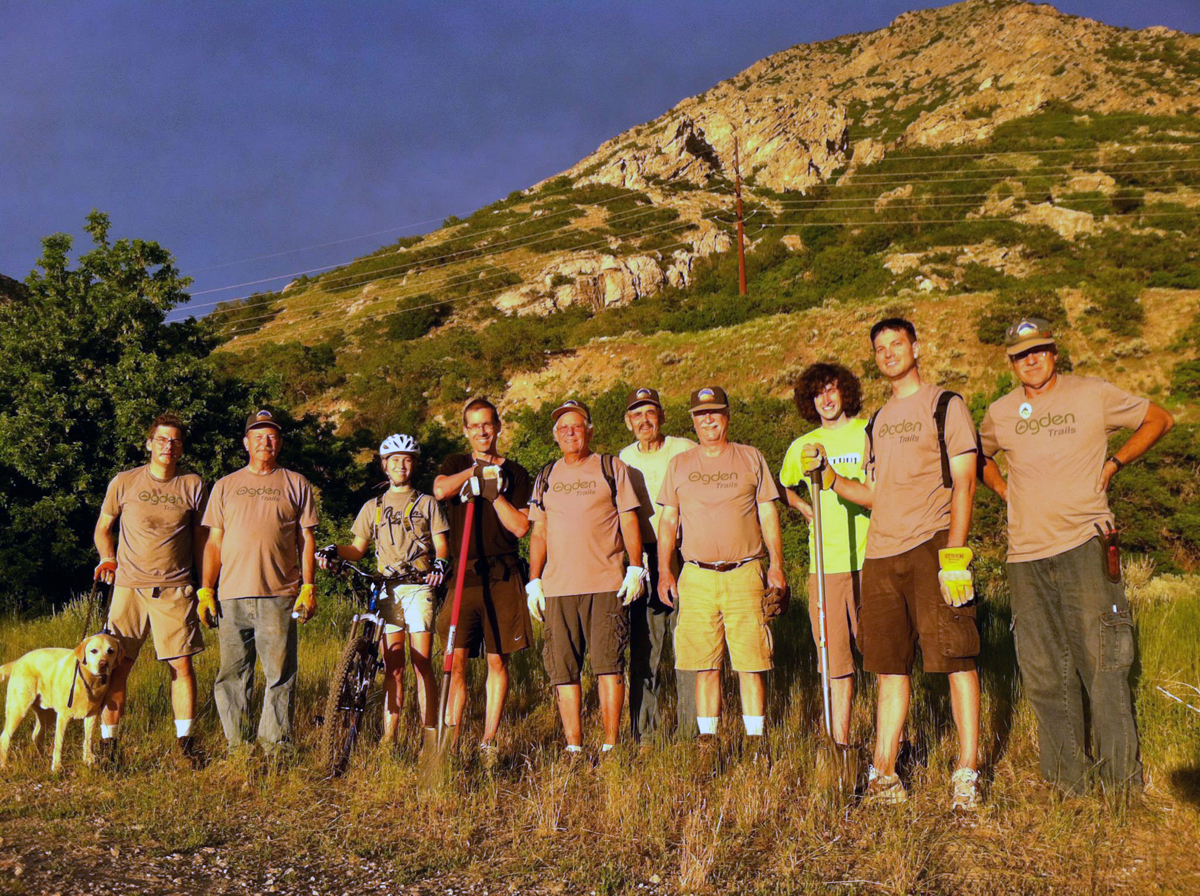By Charles Pekow
Equity: the issue of our day. Public debate focuses on equity in income, equity among genders, equality under the law, in access to higher education, you name it.
And now, we have a tome on equity in bicycling facilities. Advocacy Advance (AA), a partnership (equal, no doubt) between the League of American Bicyclists and the Alliance for Biking & Walking examined 38 bicycle and pedestrian master plans around the country to see what they had to say about equity in bicycle facilities among subsets of the populations and areas of the real estate covered.
AA didn’t include any Utah or Idaho communities in the study. But it found that when planners addressed equity in bicycling, they defined it differently. Austin, TX, for instance, looked for equal access for participating in planning as a criterion, while Minneapolis made a point of treating people equally by race, gender and age. Phoenix, AZ made a point to include people from all socioeconomic backgrounds. Portland, OR focused on a balance of transportation choices.
But the report states that in general, bicycle advocates who think of equity have focused on the lack of representation among women, people of color and the low-income when setting transportation policy.
And it suggests that policies should consider reducing the harms of pollution among poor and minority communities, equality in facilities among neighborhoods, etc.
So how do you measure equity? Denver counts the miles of facilities per council district. Seattle set a goal to ensure that no area of the city lacks bicycle facilities by 2030. Minneapolis tries to ensure that its transportation materials are produced in multiple languages and formats. Eugene, OR is trying to compare the level of bike facilities in minority and low-income areas with other parts of the city. Fort Collins, CO is trying to increase the percentage of female bicycle commuters from 35 percent to 50 percent. (The city hasn’t figured out yet how it’s going to reach that goal or how to measure it.) And Portland, OR plans to count the percent of its entire bicycling population by age from juveniles to seniors as well as the percent who are female, low-income or minority.
AA found that planners were more eager to achieve bicycle equity than to define it and found “a number of plans that did not include data performance measures as data limitations were a barrier.”
Note: the report looks at plans, not necessarily what has been or is being carried out in the physical world. View it at http://www.advocacyadvance.org/docs/ActiveTransportationEquityScan.pdf. AA says it plans to follow up and report on planning processes.











